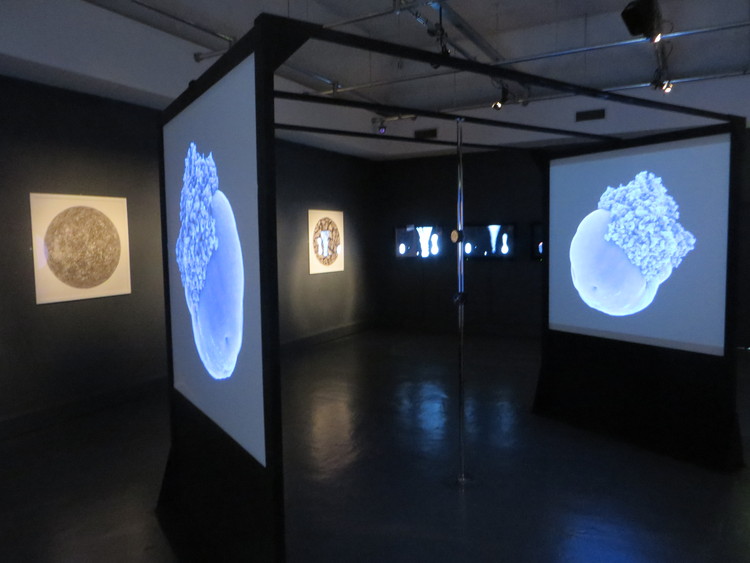
The Sunday Mail

Andrew Moyo
FROM the 13th century renaissance paintings of Leonardo da Vinci, through Vincent van Gogh’s era of post-impressionism in the 19th century to the present day contemporary art, visual art in its various forms has gone through many transformations.
With technological revolution impacting almost every sphere of modern-day society, the visual art scene has not been spared with new forms of the genre coming into play. Digital art or new media art, which makes use of digital technology in its creation and presentation has had a huge impact on traditional art forms that include painting, drawing and sculpture.
In the past, art exhibitions were characterised by oil on canvas paintings, pencil drawings and sculptures but the digital age has brought in new elements such as virtual reality displays among many other techy installations.
The local art scene is not being left out. A number of digital art exhibitions are taking place throughout the country. Recently, Batanai Gardens played host to Dananayi Muwangiwa’s RIMI Digital Arts and Augmented Reality Exhibition, which was a huge success in all regards.
This happens to be one of the many digital art exhibitions that are taking place every now and then locally. Speaking to The Sunday Mail Society on the sidelines of the exhibition, Muwangiwa shed more light on his craft.
“Basically I’m a digital artiste, working primarily in a virtual space, so technically I use a computer to make art as opposed to drawing using a pencil or painting on canvas using oil,” he explains.
“I make my paintings in Photoshop, making use of a drawing tablet for the drawing and painting but for the actual animation and the augmented reality, I animate in aftereffects and then I use unity and euphoria to cap it off. After I’m done with the art pieces, I print them on fabriano paper, which keeps the colours accurate and has a unique texture to it.”
Digital art has without doubt expanded the artist’s tools from the traditional raw materials into the sophisticated realm of electronic gadgets and software.
However, Muwangiwa notes some people are still sceptical about the legitimacy of digital art but still has faith that more people will start accepting it.
“I am hoping that digital art will be more accepted within the traditional art community because I don’t think this is a deviation from traditional art, I just think this is art. It’s not like you can literally tell the computer to draw for you or paint for you because you still have to apply yourself and use your creativity to create the artwork,” he argues.
Unlike other forms of art, it seems like the digital sphere is for the tech-savvy. One needs massive know-how to be able to manoeuvre around the software maze, which will result in the creation of the final product.
But the growth of digital art in the country can generally be attributed to a populace that tries to stay abreast with global technological trends.
“The digital art space in Zimbabwe has been growing because you will realise that there are many young artists who are using technology to make art. I am actually excited about augmented reality and what it can do because I think it’s an untapped market or rather playing field and I feel like the sooner we can get into it, the better.”
Augmented reality is a live direct or indirect view of a physical, real-world environment whose elements are “augmented” by computer-generated or extracted real-world sensory input such as sound, video, graphics, haptics or GPS data.
While this might seem like too much wizardry to take in, these are some of the terms that one has to grasp in order to understand the route visual art has taken in this day and age. In a separate interview, another artist, Miriro Mwandiyambira, said digital art was progressive and something worth exploring. She, however, notes patience is needed for people to get used to the idea.
“Change is something that might not be easy to grasp, so I think it will take time for the local art community to start accepting this art form. It all comes down to the societal readiness to embrace the use of technology in the visual arts sector,” said Mwandiyambira.
“Digital art might be the in-thing around the globe at the moment but on the local front we still have a long way to go because of a huge technological knowledge gap that exists between us and developed societies. Besides, art is still a lesser consumed product in Africa so there is still more that needs to be done for more people to be drawn to the craft.”
But whether the public is ready to embrace the digital movement or not, one thing for certain is technology keeps advancing and local artistes have keenly opened up to new art forms.



